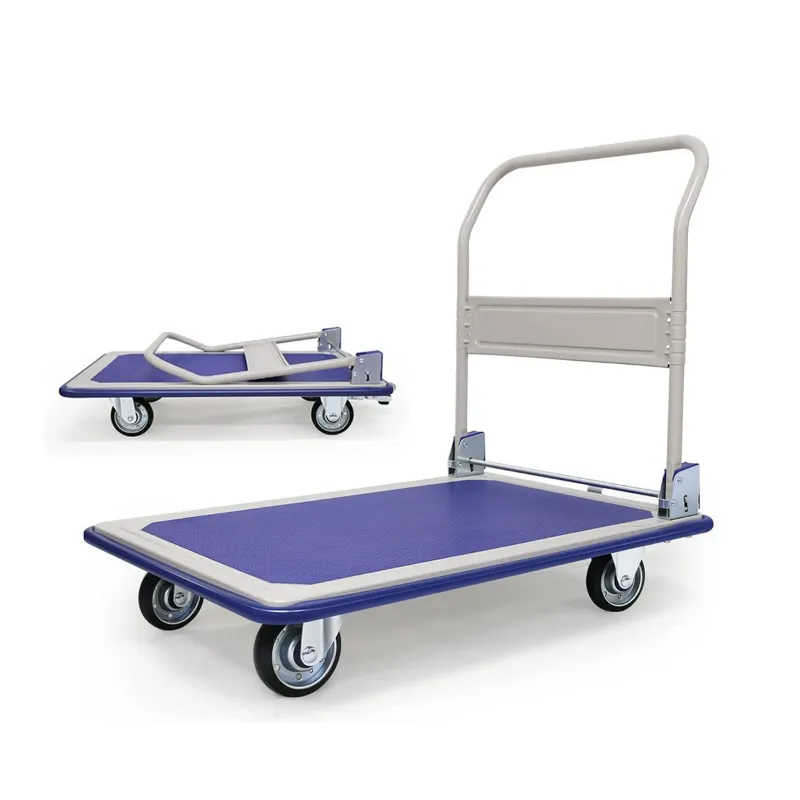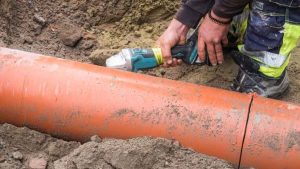
Uses of Platform Trolley across Various Industries
Whether hospitality or healthcare, trolley platforms easily adjust according to the operational requirement. They transport linen bags and housekeeping supplies along corridors in hotels without leaving marks on the carpets due to their non-marking castor tyres. They carry sensitive samples, chemicals and glassware in vibration-free mode in laboratories. Flatbed models, featuring collapsible handles, are also used by retailers to move inventory from the loading dock into the warehouse, sliding them under low shelves out of view between uses. At one end of the market through, tradespeople trudging across a construction site use heavy-duty trolleys with puncture-proof wheels to haul tools and building materials across rough concrete. The platform’s blank canvas design — tweak deck size, material, wheel specification and handle style and you effectively have a custom solution ready for nearly any load profile — gives it versatility across industries.
Proper Load Bearing and Stability
Safe working load of a platform trolley varies between100 kilogramme for lightweight aluminium models up to one tonne for reinforced steel units. At the end of the day, it is all about aligning task to ability. Over-specification causes use of excess funds at expense of heavier equipment than necessary, while under-specification means risking structural failure and injuries. Manufacturers out of Australia provide clear load ratings meeting associated Standards, providing confidence in integrity for the purchasing manager. Load stability is, likewise, equally critical. Wide-stance castor placement reduces the centre of gravity and counters tipping on ramps or uneven thresholds. Non-slip deck coatings helps to keep things secure whilst in transit and prevents them from sliding which could potentially destabilise the trolley and cause damages to the items. Such design features enable workers to move about with confidence, even when carrying large or high loads without the platform losing balance.
Construction material and durability standards
Australias workplaces are harsh environments for any equipment: abrasive dust, coastal humidity, temperature extremes and heavy impacts. Platform trolleys with welded steel frames and powder-coat finishes push back against these elements, offering far more resistance, and remaining resistant to corrosion and chipping long after painted mild steel. Chemical resistance for food use, and drug production from stainless steel versions with a hygienic, easy-to-clean surface. For areas that need lighter weight equipment while maintaining rust-proof integrity, high-density polyethylene decks are offered. As a reminder, sound manufacturing practices are based on compliance with AS 1418 and AS 4100 guidelines around design, welding and load testing of industrial lifting equipment. Opting for trolleys that meet or exceed these standards make businesses more reliable and they undergo the service for a longer period and thus reduced replacements.
Scoot and Zoom About Easily
Even if that trolley can hold a lot, if it handles like a road-train it soon becomes an annoyance. Castor technology has evolved in lock-step with user demands, providing seamless swivel bearings, precision-moulded wheels and onboard brakes that engage at a touch of a toe. Wheel size is critical — larger wheels roll more easily over floor joints, workshop debris and rubber dock levellers, while smaller wheels lower the deck for easier loading. A mix of fixed and swivel castors offers compromise between steering stability in long corridors and tight quarter rotational manoeuvring. Operators value an ergonomically designed handle that transmits little vibration, which reduces hand–arm fatigue during a long shift. Combined, these improvements turn a low, flat platform into an agile implement that moves where the operator wants it too, without clogging aisles and bringing operations to a grinding halt.
Contributing to Workplace Health and Safety Regulations Compliance
Under Australian WHS legislation, employers are required to remove or reduce risks “so far as is reasonably practicable”. That duty of care very much includes manual lifting. According to Safe Work Australia, primary controls to eliminate lifting hazards include things like mechanical aids, for example, trolleys. When platform trolleys are integrated into standard operating procedures, businesses show grit in complying with protocols and also generate paperwork that is a record of risk mitigation. Safe loading, pushing posture and castor brake usage are drilled into staff, reinforcing compliance. The existence of clean, operating trolleys from equip2go is a positive sign that the workplace is managing manual-handling hazards systematically, both for inspectors and insurers. Not only does this diligence avoid fines, but it also helps to nurture a safety-first image which assists in both employee retention and brand perception.



